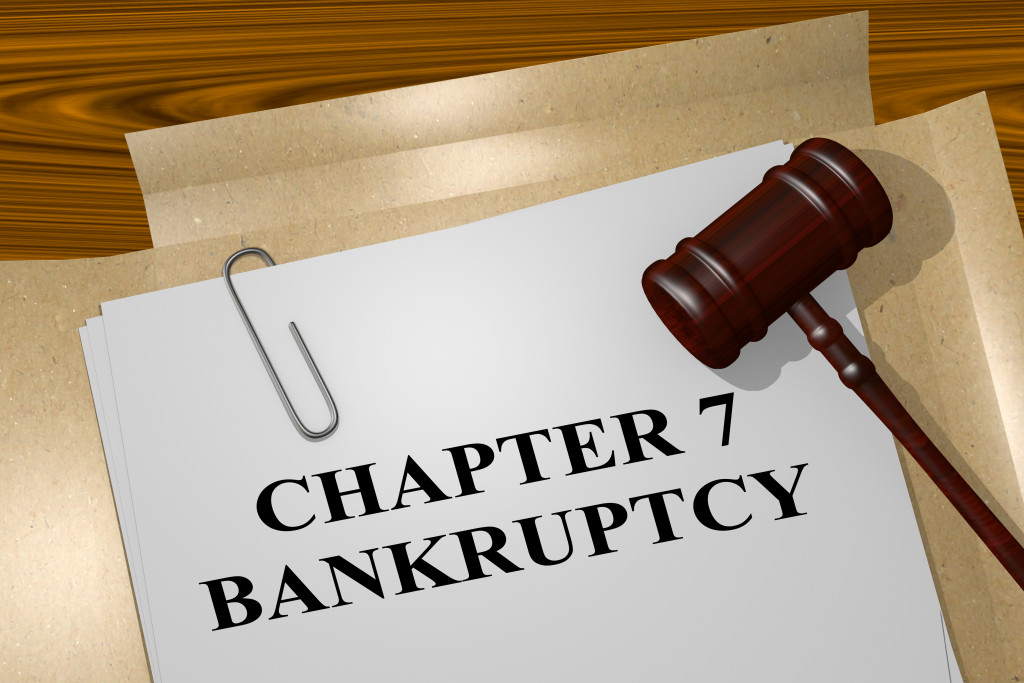In the United States, businesses have a number of options when it comes to dealing with overwhelming financial difficulties. One of those options is declaring bankruptcy. Bankruptcy is a legal process that allows a company to restructure its finances and get relief from its creditors.
Different types of bankruptcy
There are two types of bankruptcy that businesses can file: Chapter 7 and Chapter 11. Chapter 7 is known as liquidation bankruptcy, while Chapter 11 is known as a reorganization bankruptcy. In a Chapter 7 bankruptcy, the company’s assets are liquidated, and the proceeds are used to pay off the company’s creditors. In a Chapter 11 bankruptcy, the company reorganizes its finances and tries to come up with a plan to repay its creditors.
Pros and cons of bankruptcy
There are both pros and cons to declaring bankruptcy. The main pro is that it can provide businesses with a fresh start by relieving them of their debts. The main con is that it can damage the business’s reputation and make it difficult to obtain financing in the future.
Common causes of business bankruptcy
There are a number of factors that can lead to a business declaring bankruptcy. Some of the most common causes include:
Poor management
This is one of the most common causes of business bankruptcy. Poor management can lead to a number of problems, such as overspending, not keeping track of finances, and making bad investment decisions.
Economic downturn
Another common cause of business bankruptcy is an economic downturn. When the economy is struggling, businesses may find it challenging to make ends meet. This can lead to layoffs, decreased sales, and a decrease in profits.
High levels of debt
A high level of debt can be a major cause of business bankruptcy. When a company struggles to make payments on its debt, it can lead to financial difficulties.
Increased competition
Increased competition can also lead to business bankruptcy. When businesses are competing for the same customers, it can lead to unsustainable competition and lead to the collapse of some companies.
How to avoid bankruptcy

There are a number of things businesses can do to avoid bankruptcy. Some of the most important things include:
Proper cash flow management
Cash flow is one of the most important aspects of any business. It is essential to track cash flow and ensure that there is enough cash available to meet expenses. Learn about the different cash flow management strategies, and you’ll avoid the risk of bankruptcy.
Have a contingency plan
No business is immune to the possibility of bankruptcy. It is vital to have a contingency plan in place if the company declares bankruptcy. This plan should include how the business will continue to operate, how employees will be paid, and how creditors will be repaid.
Reduce debt
One of the best ways to avoid bankruptcy is to reduce debt. This can be done by paying off debts as quickly as possible, negotiating lower interest rates, and consolidating debt into a single payment.
Monitor financial indicators
Financial indicators such as profit margins, asset utilization, and liquidity can help businesses track their financial health. When these indicators are trending downwards, it is a sign that the company may be in trouble.
The impact of business bankruptcy
Declaring bankruptcy can have a number of impacts on a business and its employees. Some of the most common effects include:
• Laying off employees: Layoffs are one of the most common consequences of business bankruptcy. When a company is struggling to make ends meet, it may find it necessary to lay off some of its employees.
• Shutting down: A business can also choose to shut down entirely in order to avoid declaring bankruptcy. This can be a significant blow to the employees who lose their jobs, as well as the community that fails its local business.
• Declaring bankruptcy can also have a negative impact on a company’s credit score, making it difficult for the company to obtain financing in the future.
Summary
Declaring bankruptcy is not always an easy decision, but it can provide businesses with a fresh start and relief from their creditors. There are a number of factors that can lead to business bankruptcy. Still, some of the most common causes include poor management, an economic downturn, high levels of debt, and increased competition. When a business declares bankruptcy, it can have a number of impacts on its employees, including layoffs and the closure of the business. Bankruptcy can also have a negative effect on a company’s credit score, making it difficult for the company to obtain financing in the future.

